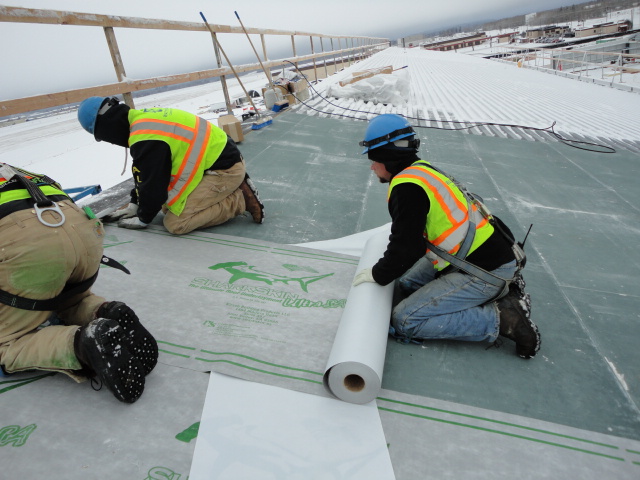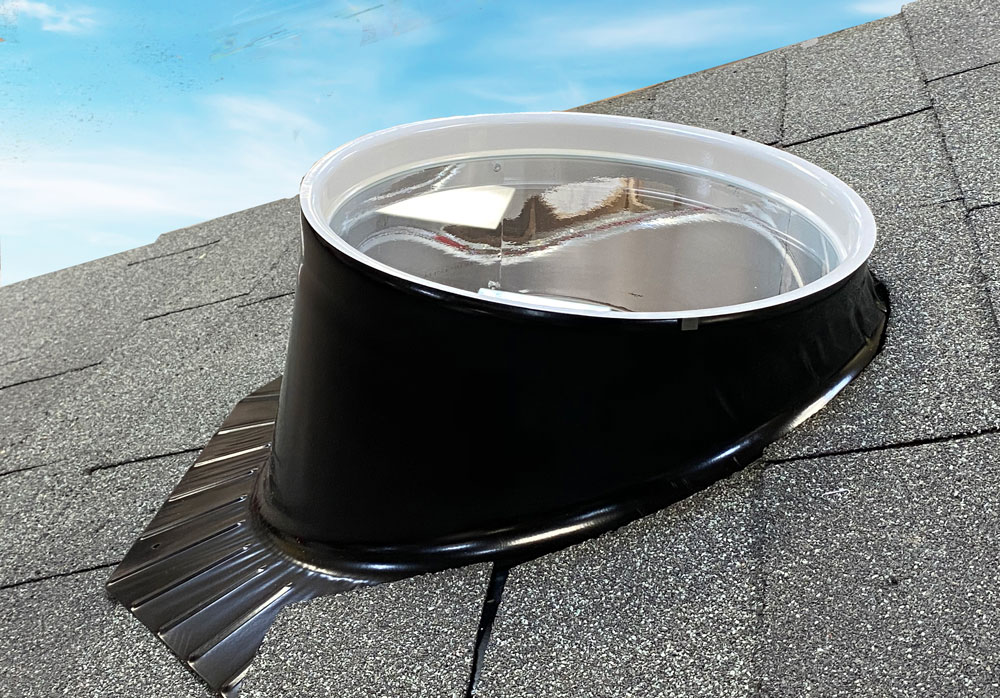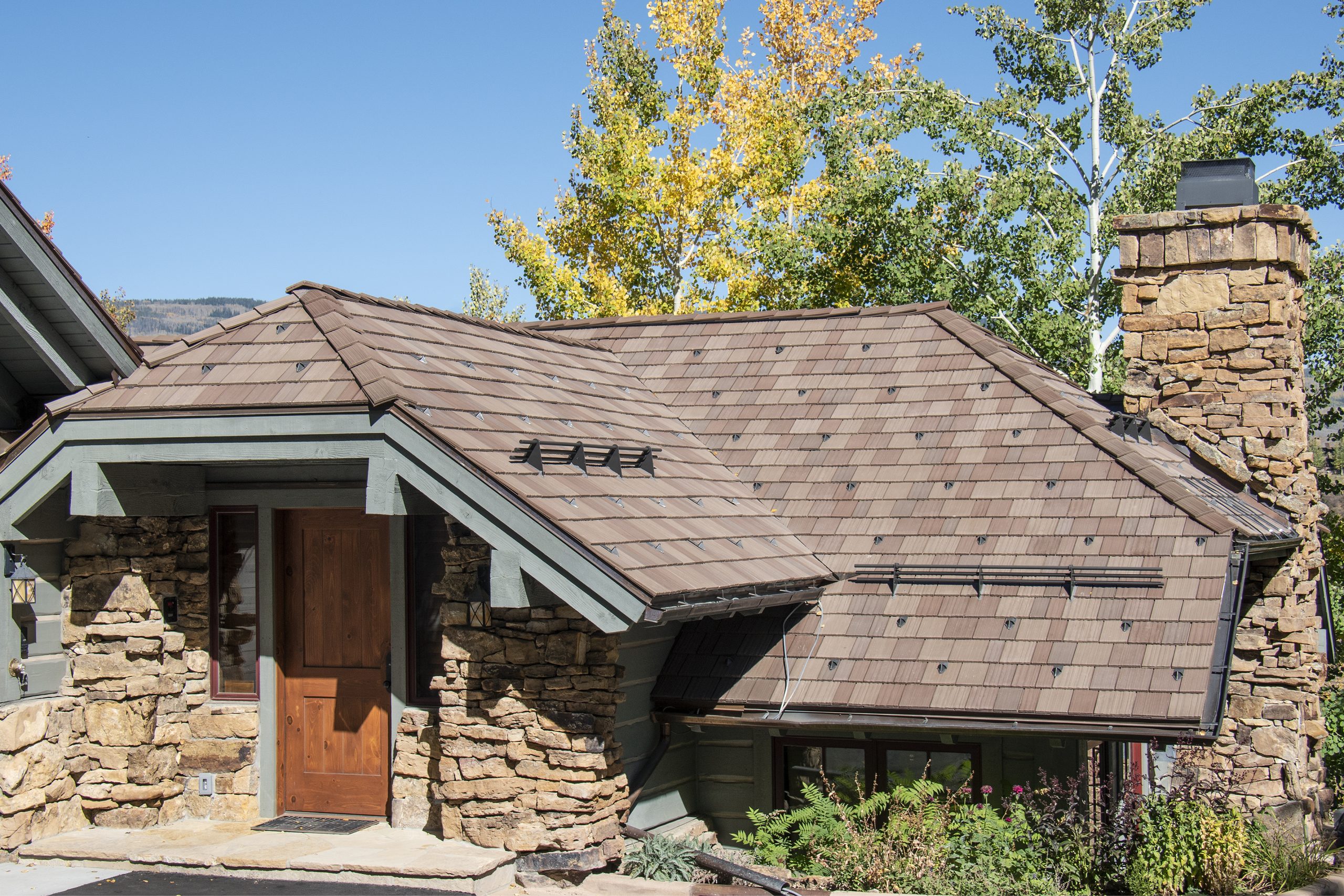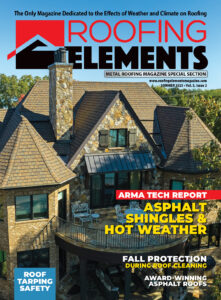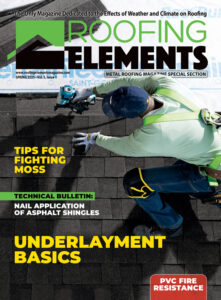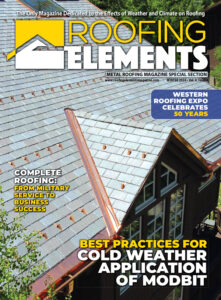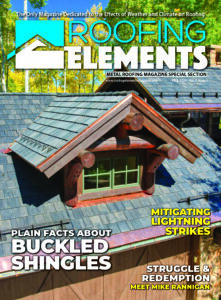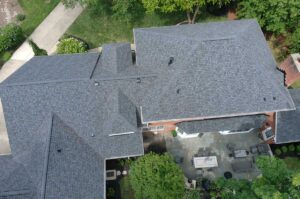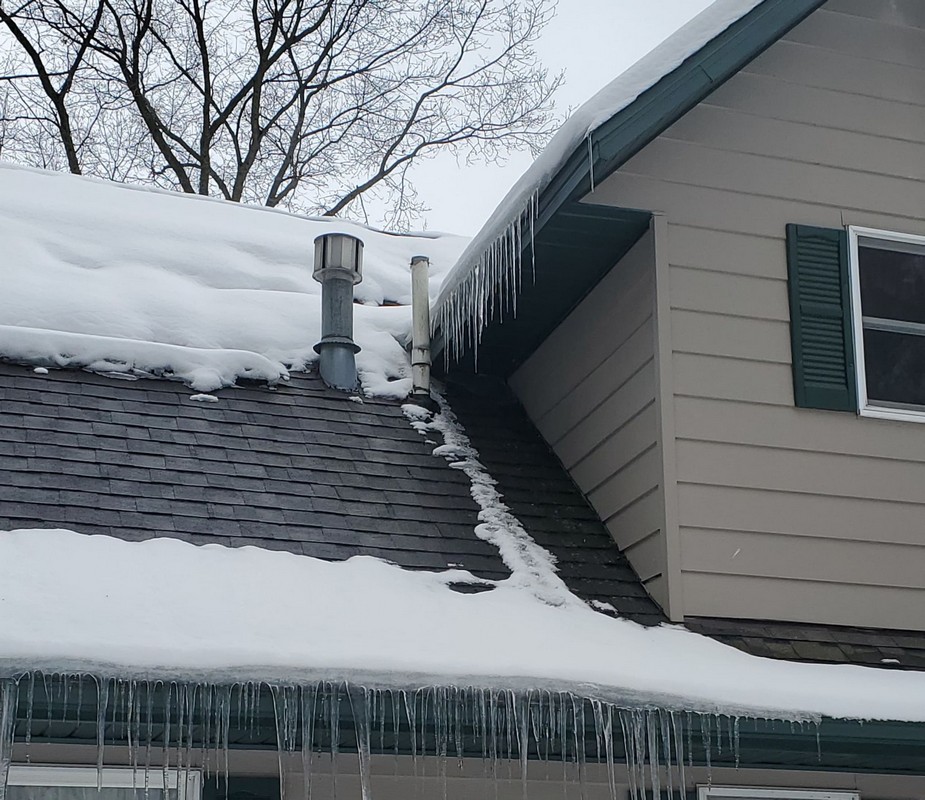
By Paul Scelsi, Air Vent
I don’t think it’s realistic to expect to 100% eliminate ice dams. There are too many variables involved in the formation of ice dams – not the least of which is the harshness of Mother Nature. But I’ve talked with enough cold climate roofing professionals across North America the past 25 years to know this: It is very possible to significantly reduce the frequency and severity of ice dams.
An ice dam is a blockage of ice that forms near the roof’s lowest edge. These four conditions lead to an ice dam:
- Snowfall
- The outside temperature drops below freezing
- The attic temperature is above freezing
- The low areas of the roof remain cool (and much cooler than the upper regions of the roof)
Here’s an accelerated snapshot summary of what can happen after snowfall.
If there is excessive heat loss from the warmed living space it can escape into the attic. Once it’s in the attic, it can cause uneven roof deck temperatures in which the upper portion of the roof is much warmer than the lower portion. With uneven roof deck temperatures comes uneven snow melt. Specifically, the snow near the roof peak melts first and runs down the roof where it eventually reaches the cooler portion of the roof. In the right climatic conditions, it can refreeze. Melting and refreezing is problematic when it’s not happening uniformly. Any additional snow melt from above can then reach the refrozen area and become blocked. In time it can find a path under the shingles, onto the roof deck, into the attic, onto the attic insulation, and perhaps into the living space on the ceilings and beyond.
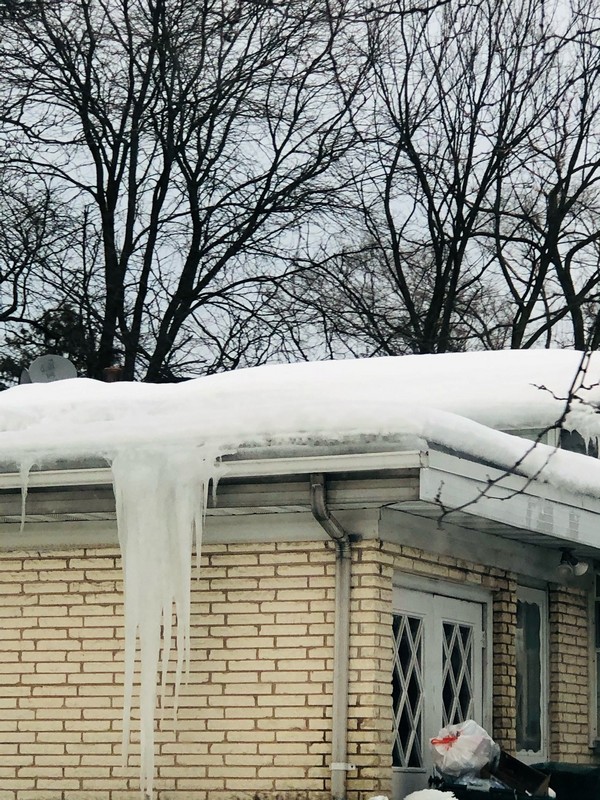
Photo courtesy of Michael Huston, Lindholm Roofing, Chicago, Illinois.
3-Part Defense against Mother Nature
The best defense against ice dams is a three-part approach of proper attic insulation, proper attic ventilation, and waterproofing shingle underlayment. Let’s take a closer look.
The goal of the attic insulation/ventilation combination is to help create a cold roof. A cold roof that is similar to the exterior temperature conditions will contribute to an even melting of the snow on the roof. The aim is to minimize the extreme hot and cold temperature differences on the roof.
Attic insulation helps minimize the amount of heat transfer from the living space into the attic. There are charts/maps available online recommending the correct R-Value for attic insulation based on climate zone. R-Value is a measure of how well the attic insulation can resist heat transfer. The higher the R-Value the greater the attic insulation’s heat transfer resistance. In the end, the less escaped heat from the warmed living space into the attic the better.
Attic ventilation helps to remove the escaped living-space air from the attic before it can become problematic. This is most effective when the attic ventilation is a balanced system of 50% intake vents (placed in the overhang, soffit, or roof’s lowest edge) and 50% exhaust vents (placed at or near the roof’s peak). When vents become snow covered, air can still pass through because it’s porous.
The quantity of attic vents needed in total is based on the attic’s square footage. There are online calculating tools to assist with this. Just remember, the correct quantity of attic vents needs to be factored in (that is, the total number of vents) and the correct distribution of airflow needs to be factored in (50% intake and 50% exhaust).
While attic insulation and attic ventilation can be considered active in the fight against the formation of ice dams, waterproofing shingle underlayment acts as a defense against the damage the ice dam can cause. It will not help prevent the formation of an ice dam. It is simply the final line of defense against the consequences of Mother Nature in an ice dam event.
Potential Damage From Ice Dams
What kind of damage can result from an ice dam? Here’s what roofing professionals have shared with me:
- Damaged shingles
- Water damage to the house overhang (soffit and fascia)
- Damage to the roof deck
- Damage to interior walls and ceilings
- Wet attic insulation (which can reduce its R-Value)
- Gutter damage
- Damaged interior floors
- Framing damage
- Mold
- Large icicles dangling from the roof edge just waiting to fall (look out!)
- Ants and pests, which are attracted to the moisture
- Damage to any items stored inside the attic.
Paul Scelsi is marketing communications manager at Air Vent and leader of its Attic Ventilation: Ask the Expert™ seminars (airvent.com). He hosts the podcast, “Airing it out with Air Vent,” and he’s the chairperson of the Asphalt Roofing Manufacturers Association Ventilation Task Force.
This article is from the Winter 2023 Edition
Click above to read the entire issue. Other articles from that edition on our website are linked-to below.
Read a technical article about ice dams from the ARMA. Click here.
Melting ice dams with heated cables: Click here.


